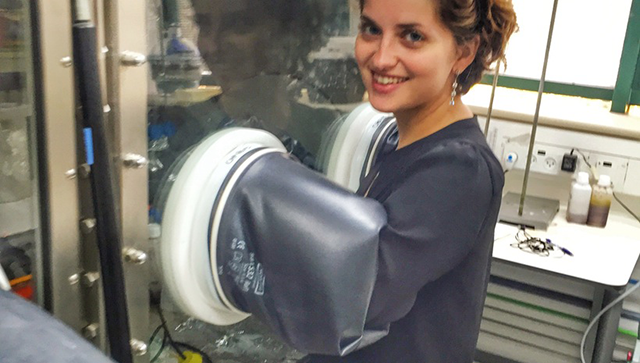
Last week I shared with you a love story I wrote to science. I’m #sorrynotsorry, I just can’t contain how awesome I think it is to unlock the secrets of the natural world. It was amazing to see how many of you share this love, wonder, and excitement. Except, well, in the words of one facebook reader, “You make me want to love science also! I could just never work in it because of all the equations…”
Which got me thinking about how little we usually know about the day-to-day lives of most professions. Me? I don’t use equations nearly at all. So I'd like to take you along on a tour of what it really looks like to be a scientist for a day. I’d love to hear what happens in your work day - isn’t it fascinating to learn about all the possibilities out there in the world?
A day in the life of a research scientist
8:45 You arrive on the beautifully manicured campus of the Weizmann Institute, where people from all over the world are studying and researching everything from theoretical physics to neurology to archaeology. Navigating your way through the blossoming red and orange flower petals of the Royal Poinciana trees and across the pond, you eventually arrive at the Earth and Planetary Sciences building, ready and eager for a day of experimentation and documentation.
9:00 Yael is your guide - while usually she runs a company whose mission is to inspire girls in science, today she wears the hat of geological research scientist. She starts by defining “geochemistry”: the study of the chemical composition of rocks and minerals. In Yael’s research, she creates sediments under varying temperatures and conditions. By comparing her samples to ones found in nature, Yael can learn about the history of our Earth and what it may have looked like billions of years ago.
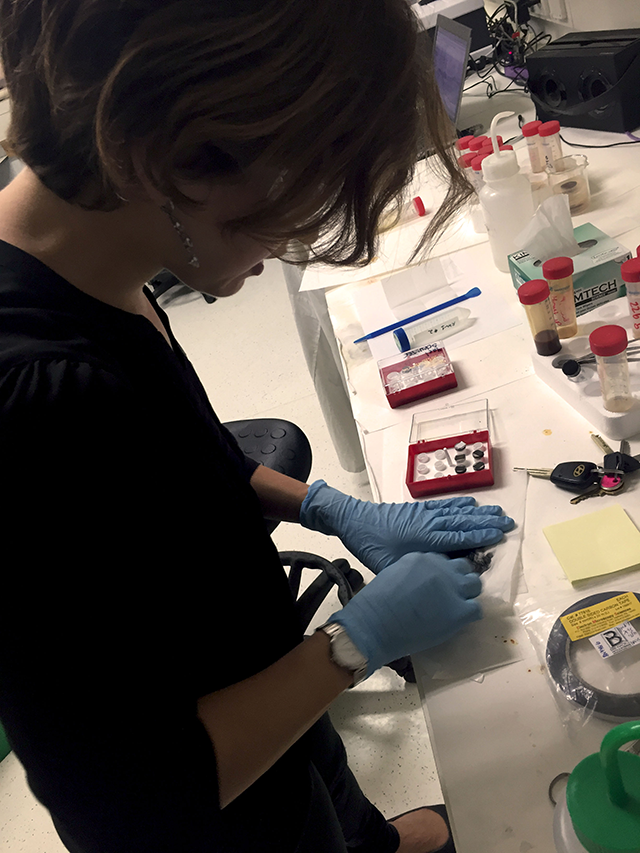
You start by analyzing some experiments Yael has been working on to make iron oxides - like the stuff that was created in the oceans billions of years ago and fell down to the bottom of the ocean to eventually create rocks. Iron oxides are a fancy way of saying rust, apparently. Did you know there were so many different kinds of rust? Yael uses the X-ray machine to determine the minerals of a specific rock she has been studying. Yael takes samples of the minerals she created and flattens them on top of a piece of metal. She then inserts them into the X-ray machine to see if the minerals she synthesized are pure. This information is determined by a histograph that the x-ray machine completes. The machine can classify these minerals based on the Bragg’s equation. Wait a second! You said no equations! Not to worry. If the peaks of the sample match the peaks the machine finds in the database, then the sample is pure.
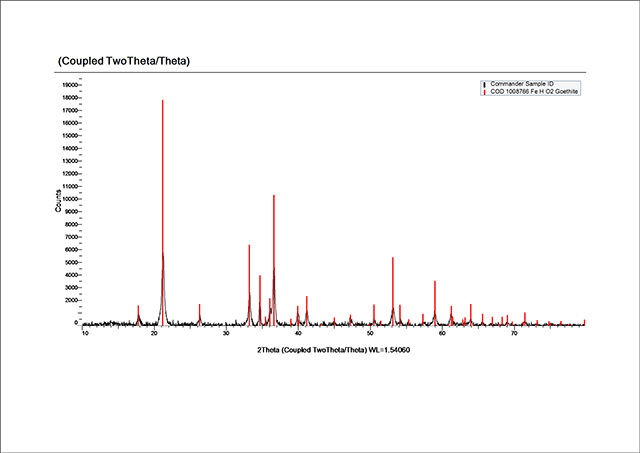
10:35 You and Yael walk across campus to a different building, where you will look at these minerals in a different way. Down in the basement, some creepily old equipment is used to prepare samples before they go under the electron microscope.
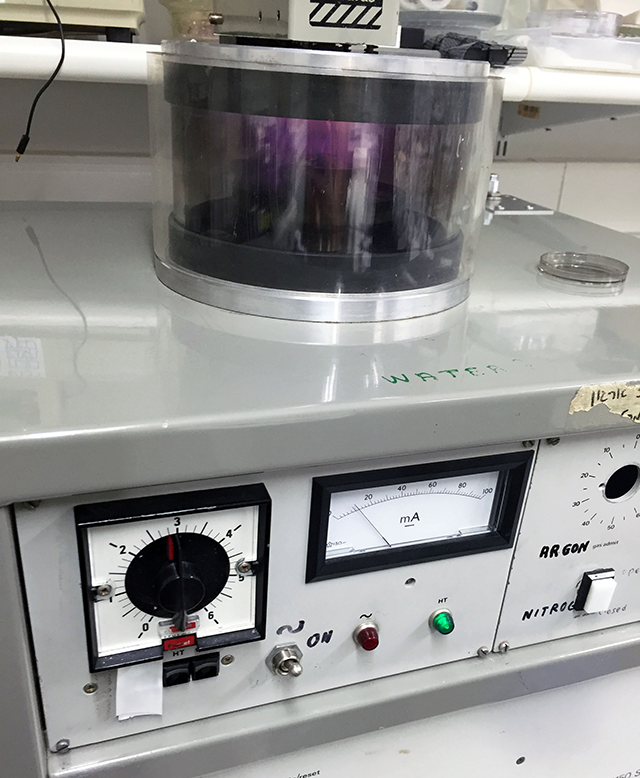
Yael coats the metal stub first with a small piece of conducting tape, and then smears on the reddish rust that you’ll be examining. Then she puts it in a machine that coats it with platinum and gold. The plasma created by this process is seen as purple light! She explains to you that these steps are necessary for the electron microscope to be able to “see” the sample.
10:45 Yael puts the samples under the beam of electrons and turns on the microscope. She changes the view and zooms in and out in order to focus the image. She does this for each of the three samples in the lab. *yawn* It’s sort of boring fiddling around with focus knobs all the time.
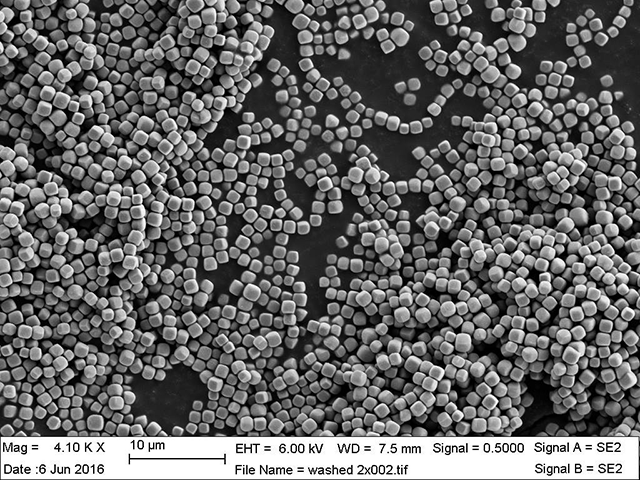
11:23 Whoa! This rusty looking powder is super cool when you zoom in on it a few thousand times. It reminds you of a scene from ‘Honey, I shrunk the kids’ (amiright??).
11:45 When Yael is done with the sample, she removes it from the vacuum. Unfortunately, the extraction unit will not screw into the sample. This means that Yael has to open the front door of the machine, and it takes another thirty minutes to become a vacuum sealed unit again. What? She’s not freaking out at all when the several-million-dollar piece of equipment behaves badly. It’s a good thing scientists get so much training on how to operate these machines.
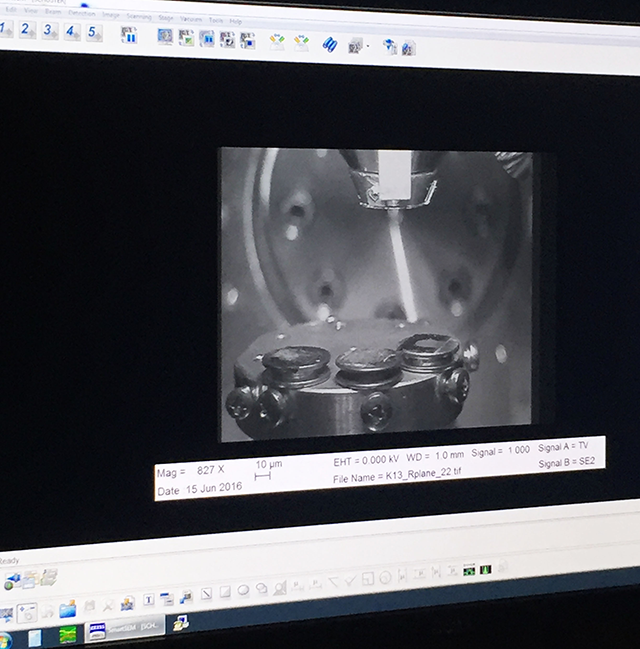
12:00 Group meeting. The students, post docs, and professor in Yael’s group get together for their weekly meeting and scientific discussion. Usually they talk about a scientific paper, but today the question is how to make sure that you are interpreting your data in a way that is fair. Because even science isn’t always such an…. ummm…. science.
1:00 Lunch! Yes, scientists do enjoy food as well. You go outside to a pasta restaurant about a five minute walk away and enjoy a delicious midday meal outside in the summer sun.
2:00 Data analysis. All those measurements need to be cataloged in the lab notebook, recorded, and examined to see what it all means. Can the data be used? Does Yael need to run more experiments?
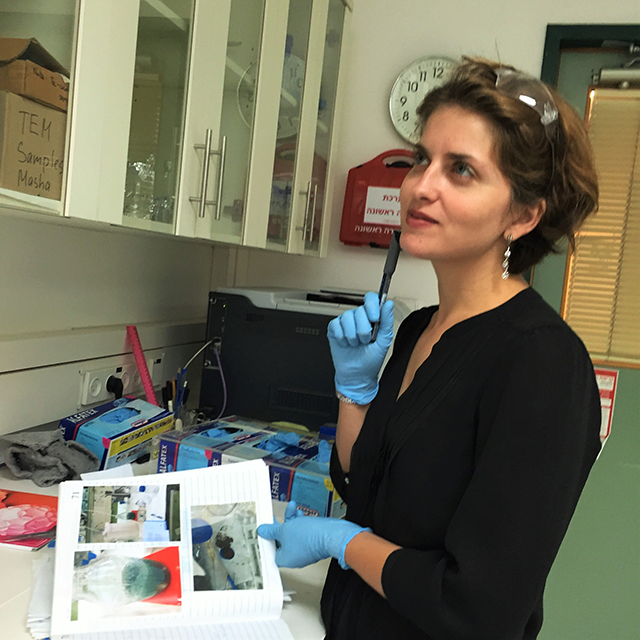
3:00 General lab maintenance. There are several pieces of big equipment, like this glovebox, that have to be taken care of. Connecting nitrogen tanks, pressing buttons, cleaning up the trash inside are all parts of keeping a clean workspace.

4:00 Coffee break! It’s almost time to go home, so Yael shares a coffee with her colleagues to discuss what they’re working on, what help they might need, and what supplies they need in the lab.
4:45 Time to go home and pick up the kids- while the work day may be over, the working mom is never done.
